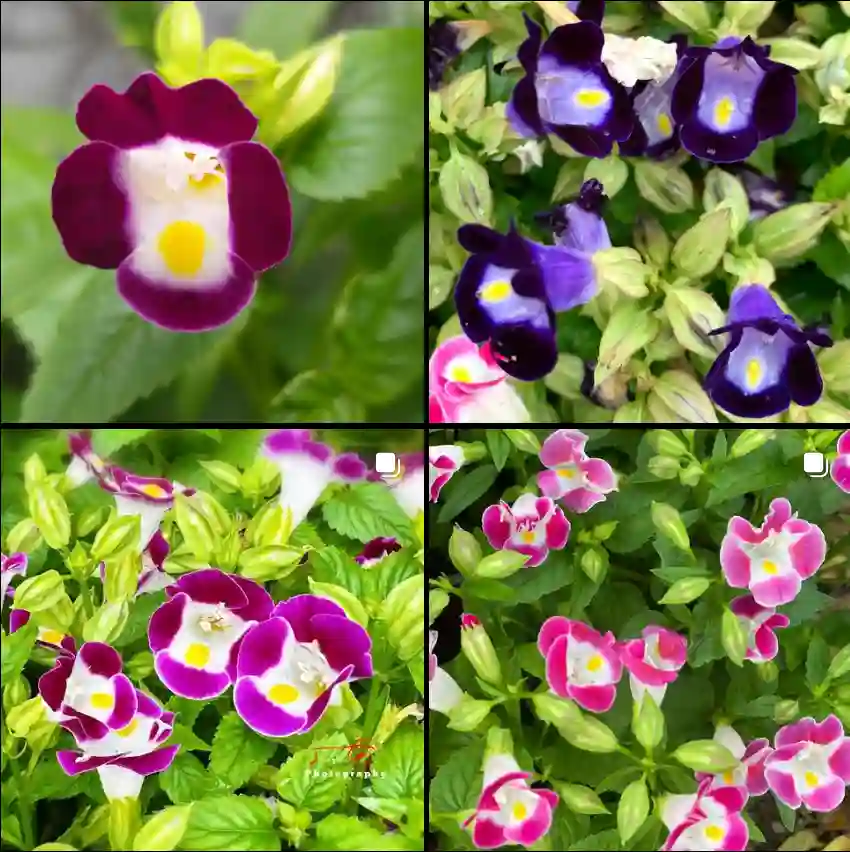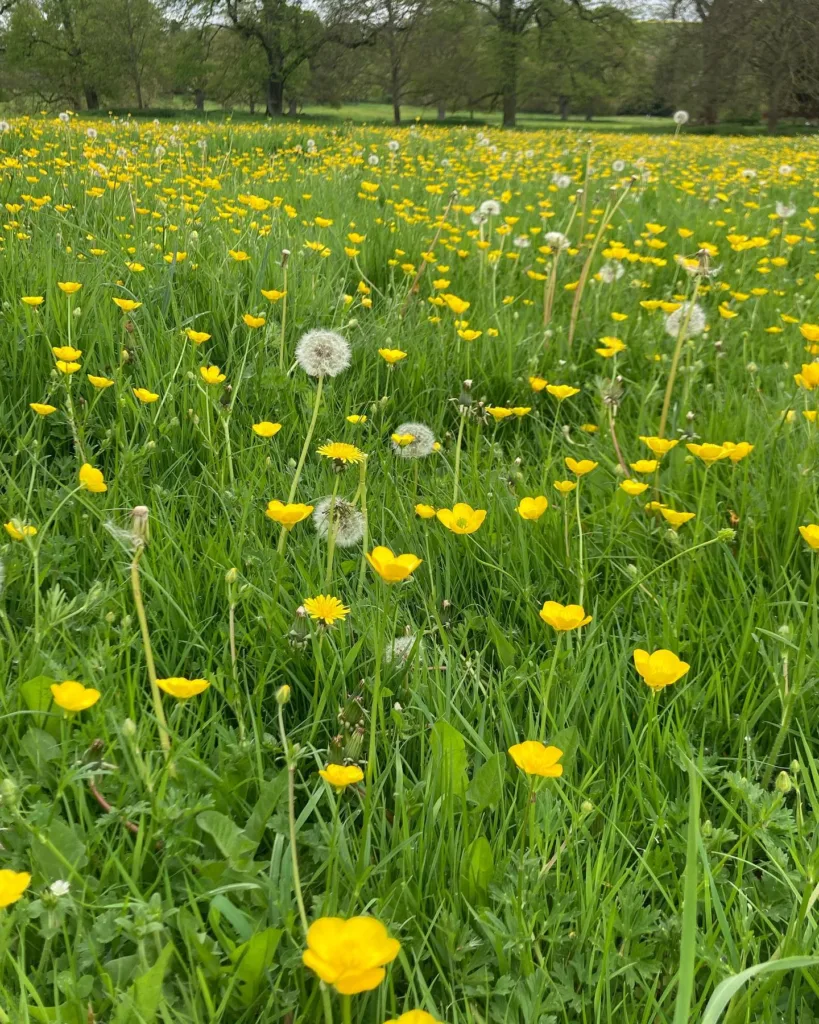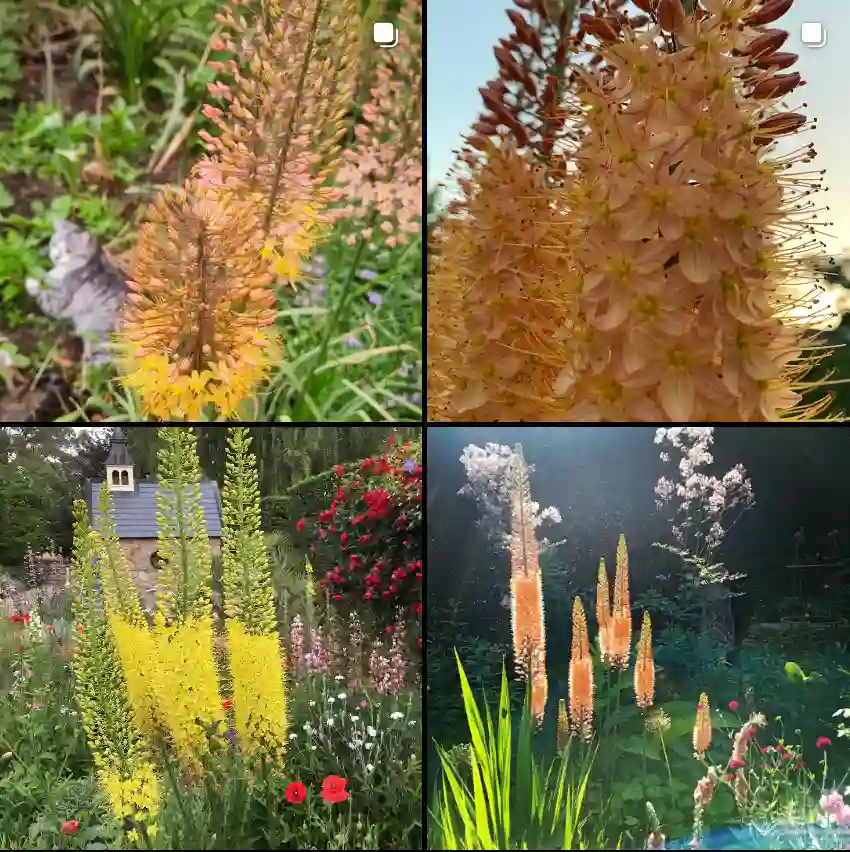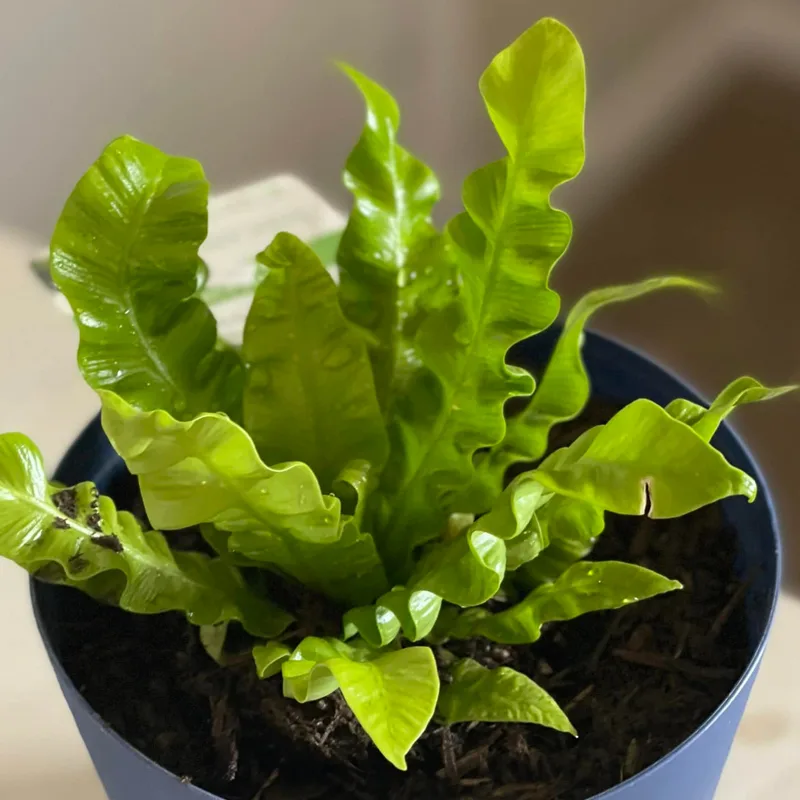Gleditsia: A Thorny Exploration
My name is Ferb Vu, and while I may not be a botanist by profession, I’ve always been fascinated by the natural world, particularly the trees that grace our landscapes. Today, I want to delve into a genus that has piqued my interest: Gleditsia, more commonly known as the honey locust. These trees belong to the Fabaceae family, with their elegant foliage and intriguing seed pods, have captured my imagination, and I’m eager to share my findings with you.
A Legacy of Thorns and Sweetness
The name Gleditsia might sound a bit daunting, but it’s a tribute to Johann Gottlieb Gleditsch, a German botanist who directed the Berlin Botanical Garden in the 18th century. It’s fitting that such a distinguished figure lends his name to this equally distinguished genus.
Gleditsia trees are renowned for their characteristic thorns, which can grow quite long and formidable. These thorns, while visually striking, serve a practical purpose, deterring herbivores from munching on the trees’ leaves and bark. But don’t let the thorns intimidate you; these trees also offer a touch of sweetness. The honey locust, as its name suggests, produces pods filled with a sweet pulp that has been used for centuries in various culinary and medicinal applications.
Diverse Species Across Continents
The Gleditsia genus boasts a diverse array of species, each with its unique characteristics and distribution. Let’s take a closer look at fascinating genus:
- Gleditsia triacanthos: This is perhaps the most well-known species, commonly referred to as the honey locust or thorny locust. Native to North America, it’s recognized by its long, branched thorns and fragrant, greenish-white flowers. – Plant FAQs: Honey Locust – Gleditsia Triacanthos
- Gleditsia aquatica: Known as the water locust, this species is adapted to wetland environments. Its thorns are shorter and less branched than those of Gleditsia triacanthos, and its leaves are smaller and more rounded.
- Gleditsia caspica: This species, native to regions around the Caspian Sea, is characterized by its smaller stature and its preference for drier climates. Its thorns are also less prominent compared to other species.
- Gleditsia japonica: As the name suggests, this species hails from Japan. It’s known for its ornamental value, with its attractive foliage and graceful form.
- Gleditsia sinensis: This Chinese species is utilized in traditional medicine and is also valued for its timber.
- Gleditsia amorphoides (Griseb.) Taub.
- Gleditsia assamica Bor
- Gleditsia australis Hemsl.
- Gleditsia fera (Lour.) Merr.
- Gleditsia medogensis Z.C.Ni
- Gleditsia microphylla D.Gordon ex Y.T.Lee
- Gleditsia rolfei S.Vidal
- Gleditsia saxatilis Z.C.Lu, Y.S.Huang & Yan Liu
- Gleditsia × texana Sarg.
More Than Just Thorns
While the thorns of Gleditsia trees are often the first thing that catches the eye, these trees offer much more than just a prickly exterior. Their foliage, typically pinnate or bipinnate, creates a delicate and feathery texture that adds a touch of elegance to any landscape. In the autumn, the leaves transform into a beautiful golden hue, creating a stunning visual display.
The flowers of Gleditsia, though small and inconspicuous individually, form clusters that emit a subtle, sweet fragrance. These flowers, in turn, give way to the characteristic seed pods, which can vary in size and shape depending on the species. The pods of the honey locust, for instance, are long and flattened, containing a sweet, sticky pulp that has been used to make tea, beer, and even a sweetener similar to molasses.
Ecological and Economic Significance
Gleditsia trees play a vital role in their respective ecosystems. Their dense foliage provides shelter and nesting sites for birds, while their flowers attract pollinators like bees and butterflies. The fallen leaves contribute to the enrichment of the soil, and the thorny branches offer protection to smaller animals from predators.
From an economic perspective, Gleditsia trees have been valued for their timber, which is strong and durable, suitable for furniture making and construction. The thorns have also been used for various purposes, including crafting tools and even as a natural fencing material. And let’s not forget the sweet pulp of the honey locust pods, which has been utilized for its nutritional and medicinal properties.
A Personal Reflection
My exploration of the Gleditsia genus has been a journey of discovery and appreciation. These trees, with their unique blend of toughness and sweetness, resilience and beauty, embody the wonders of the natural world. They remind us that even in the face of adversity, symbolized by their formidable thorns, there is always a touch of sweetness to be found, represented by their fragrant flowers and nutritious pods.
As I continue to observe and learn about Gleditsia trees, I am filled with a sense of awe and gratitude for the intricate tapestry of life that surrounds us. These trees, with their rich history and diverse adaptations, stand as a testament to the enduring power of nature and the interconnectedness of all living things.
If i die, water my plants!



